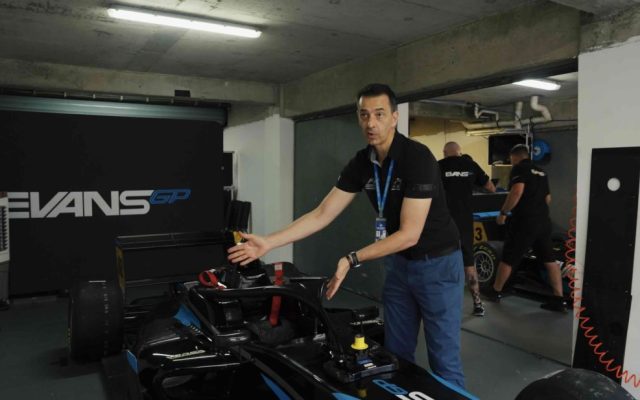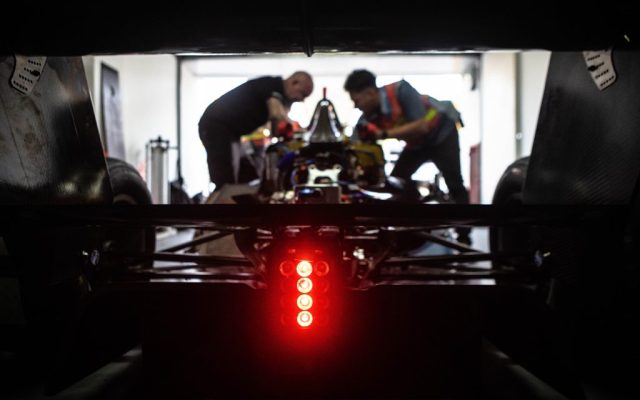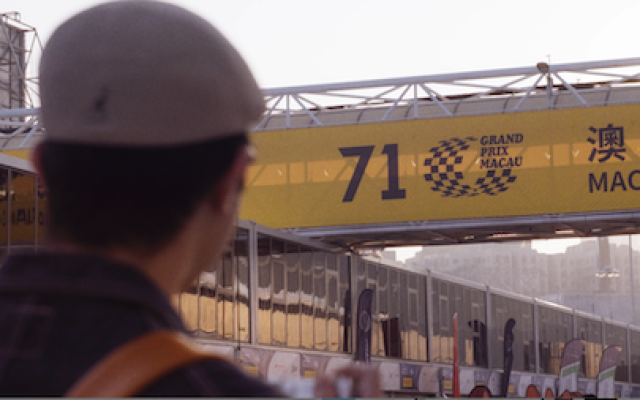With a congregation of some 32,000 faithful, Macao by no means has the largest Catholic population in East Asia. That distinction belongs to the Philippines, which has more than 92 million. But Macao is, indisputably, the historic heart of the region’s Catholicism. The early Portuguese, quite rightly, called it Cidade do Nome de Deus de Macau – “City of the Name of God” – and to this day, Macao’s most recognised landmark is the façade of a Catholic church.
The Catholic faith has been inseparable from Macao for almost 450 years – ever since the Diocese of Macao was declared by Pope Gregory XIII on 23 January 1576. Almost immediately, Macao became the teeming headquarters of Catholic evangelism in the region.
From Macao, clergy were dispatched to mainland China, the Korean peninsula, Japan, and present day Vietnam and Malaysia, with diocesan administrators governing a vast swathe of Asian territory. Even as other dioceses came to be established in Asia, Macao retained its preeminence, administering parishes in Singapore and Malaysia as late as the 1970s.
For the visitor today, the city’s long Catholic connection provides an opportunity to experience not only a wealth of historic architecture and saintly relics in museums, but also living Catholicism in the form of the city’s regular religious processions.
Here’s how to encounter the City of the Name of God.
The Ruins of St Paul’s

Think of Macao and the image of a church façade comes immediately to mind. Many people assume “St Paul’s” to be the name of the 17th century house of worship that was destroyed by fire in 1835 – destroyed, that is, except for its distinctive frontage, which has gone on to adorn countless souvenirs and become the backdrop to innumerable holiday snapshots. In fact, the edifice belonged to the Church of Mater Dei, which was part of a hilltop complex that included St Paul’s College – run by the Jesuits as the first Western-style university in East Asia, until it too was razed to the ground.
Together, what remains of the church and the college are known as the Ruins of St Paul’s and they topped the must-see lists of visitors to Macao even before the great conflagration. The famed British artist George Chinnery sketched the church just months before the fire and his drawing bears a striking resemblance to the present day scene. Perhaps that’s why visitors keep returning. In their essential elements – the grand structure looming at the top of a long flight of stone steps – the Ruins of St Paul’s are an unchanging touchstone of Macao.
Churches
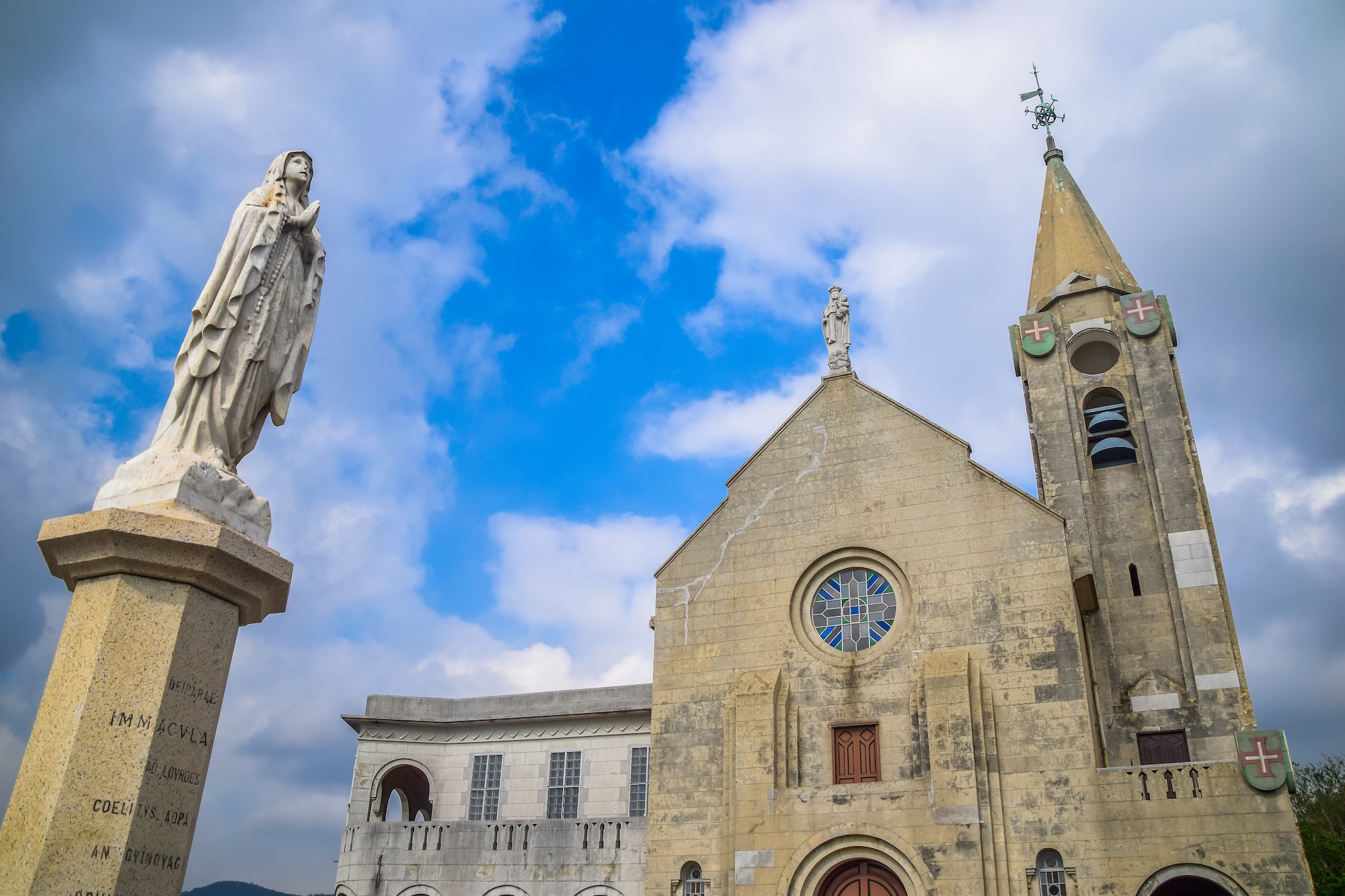
Happily for the tourist and pilgrim, Macao’s most noteworthy Catholic churches are located within a reasonable walking distance of each other. Churches make up six of the 30 structures that comprise the Historic Centre of Macao – an area included on the UNESCO World Heritage List in 2005.
Originally built in the mid-16th century, St Lawrence’s is one of the most established (although the present, Baroque-inspired building dates from 1846). With an equally long history is St Anthony’s, first built as a wood and bamboo structure on the site of the original Jesuit headquarters in Macao.
The charming, lemon-yellow St Dominic’s was built by Spanish monks in 1587 and in the 19th century was used as a barracks and an office before eventually being restored as a church. St Augustine’s was also built by the Spanish in 1591 and has long been the organiser of Macao’s famed Easter procession (see below) – a tradition that it maintains.
Of later vintage are the Cathedral (1622) and St Joseph’s Church (1758). The cathedral’s exterior, in Shanghai plaster, gives it an understated outward appearance that belies its ornate interior and spectacular stained glass. St Joseph’s is noteworthy for its baroque architecture, singled out for special mention by UNESCO.
Meanwhile, don’t forget to call in at the Chapel of Our Lady of Penha (1622) if you are exploring Penha Hill. It was built, the story goes, by Portuguese sailors who narrowly eluded capture by the Dutch navy while on a voyage from Macao to Japan, and gratefully promised to establish a place to worship dedicated to the Virgin Mary on their safe return.
Lastly, although it is not in the Historic Centre, the charming Chapel of St Francis Xavier (1928) is worth a look if you are visiting Coloane.
Museums
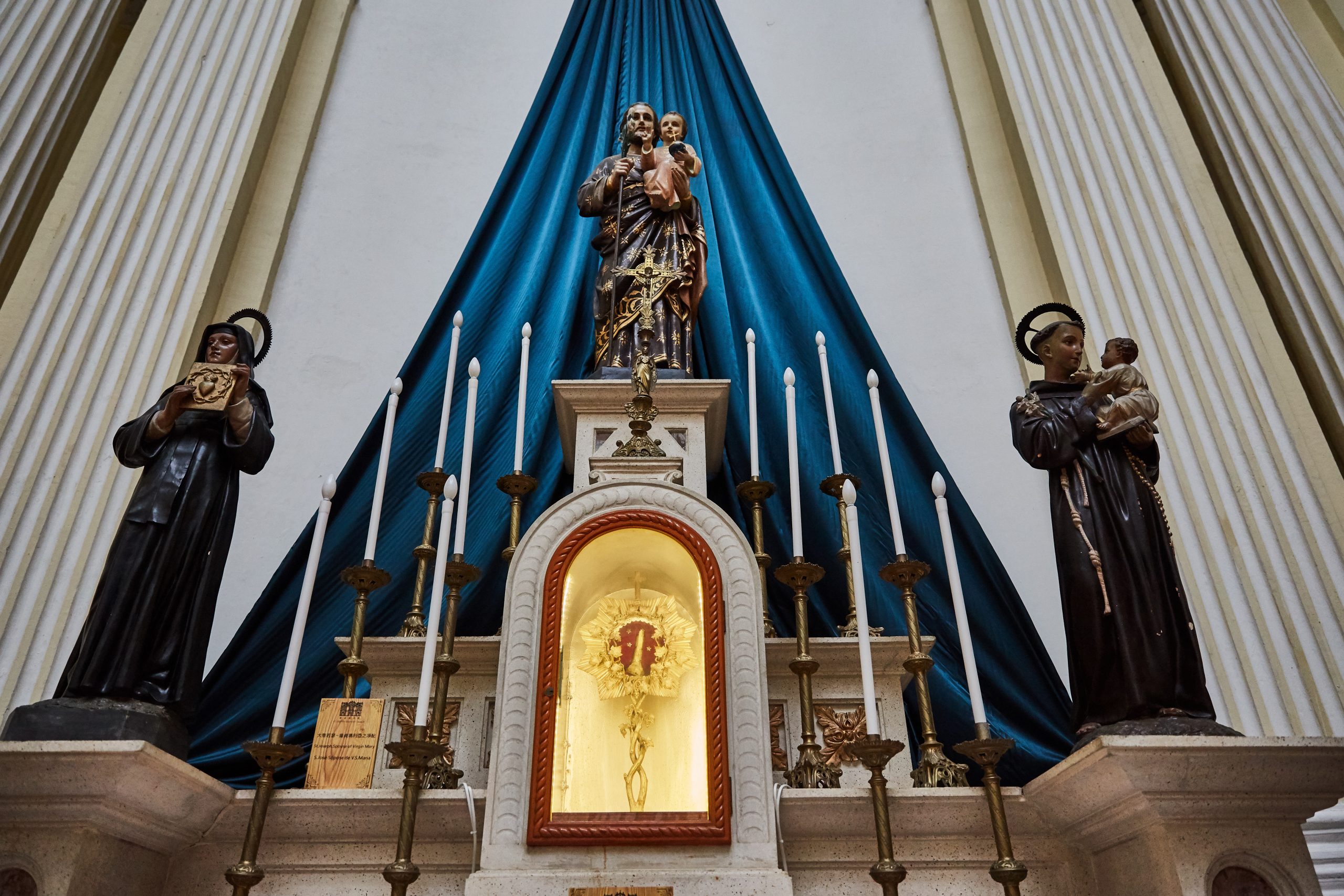
Located within a reasonably compact area, Macao’s Catholic museums can be visited in combination with the churches to which they are attached.
If you’re at St Joseph’s Church, for example, don’t forget to head next door to St Joseph’s Seminary for religious artefacts – most notably a relic of St Francis Xavier – as well as paintings, icons, and other fascinating items. When you’re at St Dominic’s, pop into the small museum in its bell tower, where you’ll find around 300 artefacts dated from the 17th to the 19th century, including sacramental objects, statuary, and a very fine 17th century painting of St Augustine.
No visit to the Ruins of St Paul’s is meanwhile complete without a look at the crypt and adjoining Museum of Sacred Art. The crypt is thought to include the resting place of the founder of St Paul’s, Father Alexander Valignano, while the museum features paintings, crucifixes, religious statues and other historic items.
Finally, though it is not a church but a charitable institution, the Holy House of Mercy museum features a rich collection of Catholic treasures, including religious art, ceramics, paintings and historical artefacts.
Processions
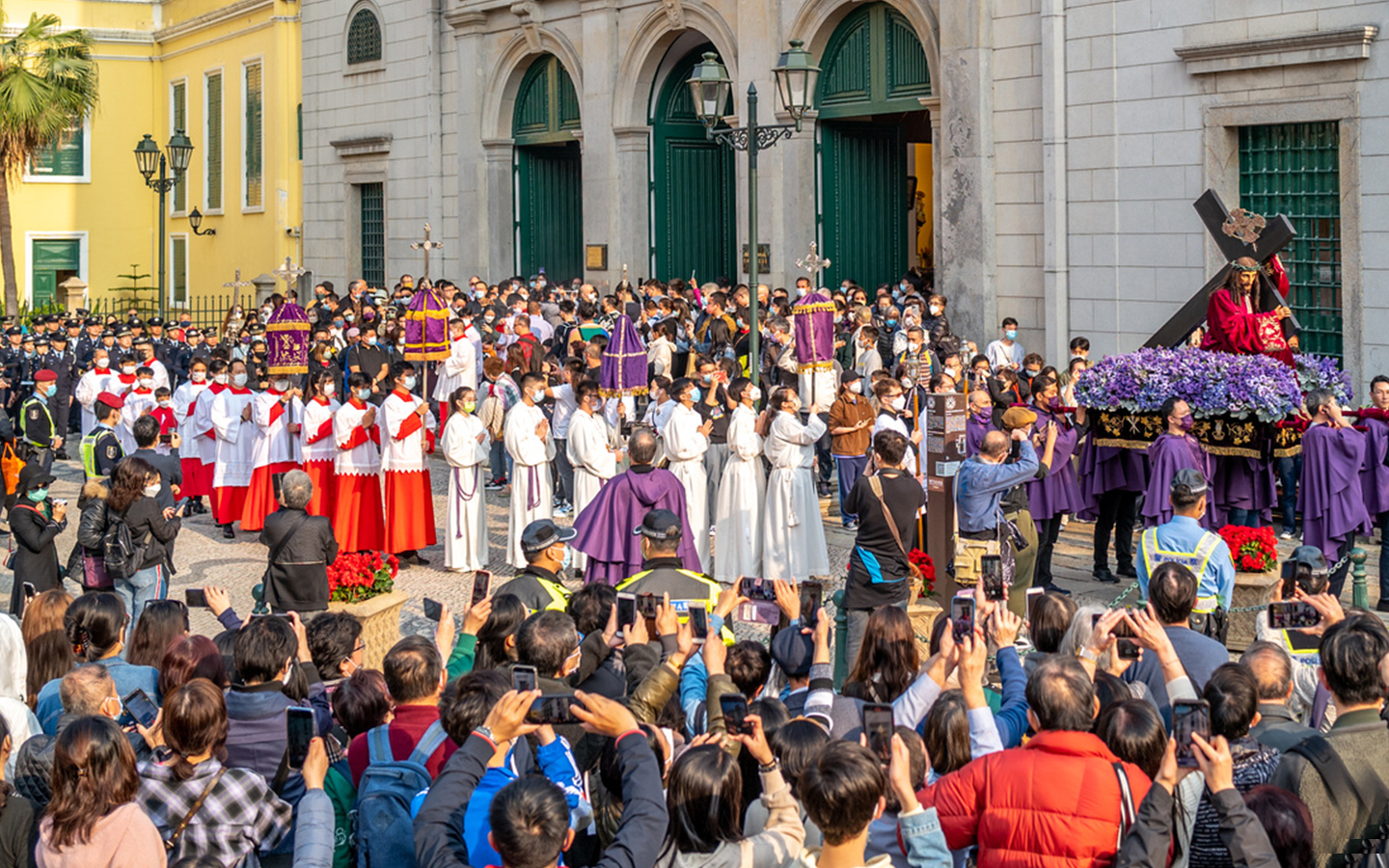
One of the most outward, and charming, manifestations of Macao’s Catholic faith is the number of religious processions held throughout the liturgical year.
The solemn Procession of the Dead Lord – colloquially known as the Easter procession – is held every Good Friday, beginning at the Cathedral then processing along Travessa do Roquete to Rua de S Domingos and Travessa do Bispo before making its way back.
The procession is preceded, in February, by the Procession of the Passion of Our Lord, the God Jesus, marking the beginning of Lent. Worshippers carry a statue of Christ through the city’s streets over two days, tracing the 14 Stations of the Cross. The procession was first made by Augustinian friars in 1708.
Also attracting large numbers of the faithful is the Procession of Our Lady of Fátima, which since 1929 has taken place every 13 May and is part of the city’s Intangible Cultural Heritage. During the procession, a statue of the Virgin Mary is carried from St Dominic’s Church to the Chapel of Our Lady of Penha, where Mass is held.
Smaller processions take place in the warmer months, including the processions of Saint Anthony (June), Corpus Christi (May or June) and St Roque (July).
The brass bands, devotees, statue bearers and clergy of a Catholic procession are a fascinating spectacle and occupy a unique position in China – much like Macao itself. Wherever you wander in the City of the Name of God, you’re never far from history, piety and tradition.


